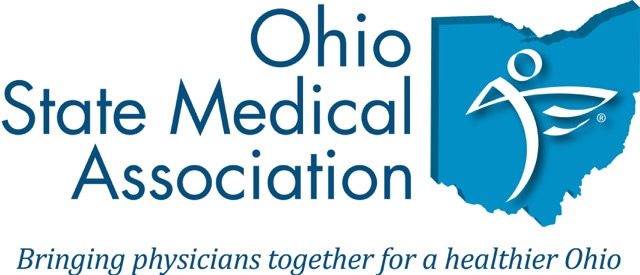Complete Story
06/18/2024
Recent Medical Board & Legal News
US Supreme Court Decision Keeps Mifepristone Access Status Quo
Last week, the US Supreme Court issued a decision concerning the FDA’s regulation of the medication induced abortion drug Mifepristone. The Court ruled that the Plaintiffs bringing the case against the FDA, which had acted to providing broader access to the drug, did not have standing. The Court dismissed the case allowing the FDA’s broader access regulations to continue.
Background:
In 2016 and 2021, the FDA loosened restrictions on the prescription and use of the medication induced abortion drug Mifepristone. In particular, the changes allowed for a longer time span for use (7 week to 10 weeks of pregnancy) and allowed some non-physicians to prescribe the drug in 2016, while in 2021 the FDA dropped the requirement of an in-person initial visit. In 2022, some medical associations and a few physicians sued the FDA on the loosened restrictions of 2016 and 2021 (along with the approval of mifepristone in general). The Northern District of Texas agreed with plaintiffs and issued an injunction effectively removing the drug from the market. The FDA appealed to the 5th Circuit, which allowed some of the lower District court’s injunction to remain. Specifically, the 5th Circuit allowed the injunction to stay in place for the restrictions on Mifepristone prior to 2016—this meant that the drug could only be prescribed within 7 weeks of pregnancy, by a physician, and with an in person initial visit.
US Supreme Court Decision:
SCOTUS immediately accepted the case for review the lower court actions. The Court stayed the district court’s injunction entirely pending the outcome of the case. On June 13, 2024, the Court issued a decision reversing the lower court’s on the issue of standing. The Court rejected arguments by plaintiffs on standing—in particular that they did not have a personal stake or injury in this case. Specifically, they were associations and physicians that did NOT prescribe or use the drug at issue—they were challenging the regulation of OTHERS, not themselves. The decisions was unanimous. Plaintiffs lacked standing to bring their claims. The Court has remanded the case back to the trial court for action (dismissal). Review the decision here >
What does this mean for providers in Ohio?
Ohio does have legal restrictions on telemedicine prescribing and use of medication induced abortion.
As you may know, Planned Parenthood asked an Ohio court to strike down Mifepristone restrictions in Ohio law (Planned Parenthood v. Dept. of Health, Hamilton County CP. Case No. A 2101148). They have asked the court to declare unconstitutional a patchwork of statutes that prohibit advanced practice clinicians from providing medication abortions, along with R.C. 2919.123 which limits the prescription and administration of mifepristone in medication induced abortions to strictly the manner in as is described on the FDA’s final drug label instructions, which includes a ban on use 70 days past the patient’s last missed period. That court has yet to issue any decision on this matter.
Thus, the existing restrictions on the prescription and use of Mifepristone in Ohio remain effective despite the SCOTUS decision.
Ohio Medical Board Rejects Petitions for New Medical Marijuana Conditions
HHS Issues New HIPAA Privacy Rule for Reproductive Health Information
